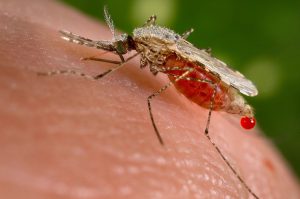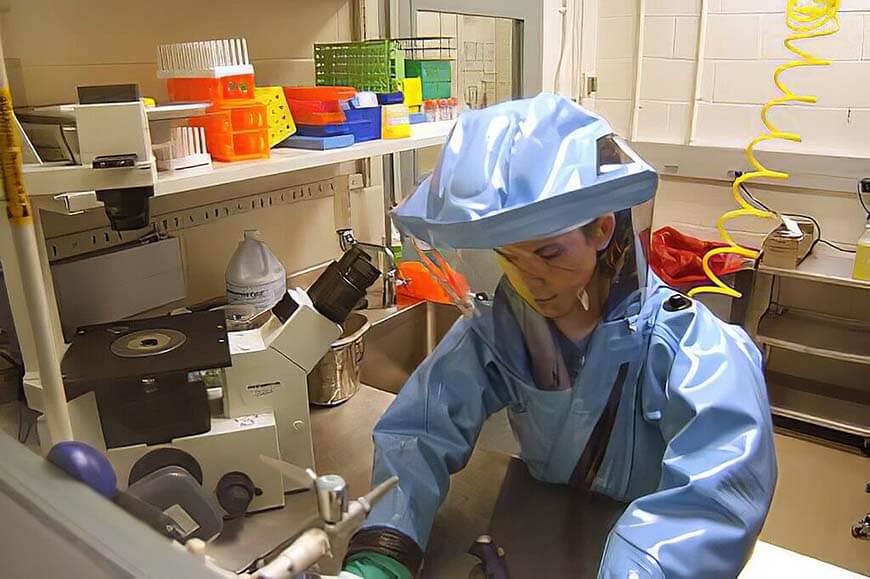When English physician Edward Jenner inoculated the eight-year-old son of his gardener against smallpox in 1796, he changed medical history.
Successfully preventing smallpox in James Phipps by first infecting him with a small dose of cowpox, Jenner, now described as ‘father of immunology,’ developed the first ever vaccine.
More than two hundred years later, the World Health Organization (WHO) believes that vaccinations prevent up to three million deaths every year that would otherwise occur as a result of diseases like tetanus, diphtheria, and whooping cough. The vaccine industry itself was estimated to be worth around $38.5 billion, as recently as 2018.
When you add in the inevitable COVID-19 progress, the 2020s will likely be a decade of landmark successes in many other vaccines as well.
Currently, efforts to create an effective COVID-19 vaccine have captured global attention and could break records for the speed at which a vaccine can obtain full regulatory approval.
Beyond ‘Operation Warp Speed’ and similar international COVID-19 vaccine efforts, there have been a host of important vaccine research projects over recent years that rarely captured headlines, but could still impact society in substantial ways over the coming decade.
Research rewind
While the Spanish influenza of 1918-1920 is the only modern pandemic that parallels the severity of the COVID-19 crisis, several other illnesses have caught the attention of virologists, epidemiologists, and the wider public over the last 20 years.
Ebola, swine flu, and bird flu have all captured substantial research and media attention. Though nowhere near the COVID-19 scale, all inspired prompt, if unfinished, responses.
In 2016, two years after the original Ebola outbreak and subsequent media blitz, an Ebola vaccine tested in human clinical trials was proved to offer 100 percent protection against the disease.

Earlier this year, Johnson & Johnson received regulatory approval from the European Union (EU) to sell a vaccine for Ebola caused by the Zaire strain of the virus. Sadly, strides were made only after the Ebola threat was introduced to Europe and the United States, more than four decades after being first identified in Africa.
A vaccine for swine flu (H1N1) was developed and approved in 2009 following the previous flu season’s pandemic.
Although H1N1 was declared a pandemic, neither of the recent bird flu outbreaks—H5N1 (first detected in 1997) and a related strain, H7N9 (first detected in 2013)—were virulent or fatal enough to earn the same designation.
Nevertheless, a vaccine for H5N1 developed by Sanofi Pasteur Inc. was approved by the FDA in 2007.
Cancer Vaccines
Because each type of cancer looks different, a catch-all cancer vaccine is still far over the medical horizon. A small handful of cancer-preventing or treating vaccines have already been created though, with more in development.
Cancer-preventing vaccines—such as the Human Papilloma Virus (HPV) or Hepatitis B (HBV) vaccines—target the virus that causes certain cancers. Notably, most cervical cancers occur as a result of an HPV infection. This vaccine effectively prevents this type of cancer by targeting HPV instead.
Cancer-treating vaccines are a form of immunotherapy, which modifies and uses a patient’s own immune system to fight cancer cells. Immunotherapy and cancer vaccines are also not preventative, but two vaccines, Provenge and T-VEC, have been approved to treat prostate cancer and melanoma, respectively.
A vaccine developed by the Translational Research Institute and the University of Queensland, both located in Australia, is seen as one of the most promising recent breakthroughs in cancer-treating vaccines.
We are hoping this vaccine could be used to treat blood cancers, such as myeloid leukemia, non-Hodgkin’s lymphoma, multiple myeloma, and pediatric leukemias, plus solid malignancies including breast, lung, renal, ovarian, and pancreatic cancers, and glioblastoma.
The vaccine uses a mixture of antibodies fused with a tumor-specific antigen, which together target dendritic cells to invoke an immune response. It can be sold as an off-the-shelf formulation—as opposed to patient-specific treatments, an off-the-shelf option would be more readily available and affordable to patients.
“We are hoping this vaccine could be used to treat blood cancers, such as myeloid leukemia, non-Hodgkin’s lymphoma, multiple myeloma, and pediatric leukaemias, plus solid malignancies including breast, lung, renal, ovarian, and pancreatic cancers, and glioblastoma,” Dr. Kristin Radford, the project’s lead researcher, says.
Malaria
Malaria kills up to 500,000 people every year. According to the WHO, two-thirds of these deaths occur in children under the age of five. While deaths from malaria have fallen 60 percent since 2000, recent data suggests a resurgence in case numbers.
Since 2000, the fight for a safe and efficacious vaccine has made progress, with many different vaccines that target different stages of infection and parasite growth currently in development.
The Pre-Erythrocytic Vaccine (PEV) is in the first year of a 36-month implementation program in African communities. PEVs—often referred to as anti-infection vaccines—work to block the plasmodium sporozoites from infecting liver cells after the mosquito inoculates those sporozoites into human skin, as well as to induce an immune response to attack infected liver cells, specifically hepatocytes.

After the program’s conclusion in 2022, the WHO will analyze its findings and consider the vaccine for broader use. A handful of other vaccines—including Whole Sporozoite Vaccines (WSV), placental vaccines that protect pregnant women, and transmission-blocking vaccines—could be used with PEVs to prevent both infection and human transmission to mosquitoes, and are also showing promise.
Clustered regularly interspaced short palindromic repeats (CRISPR) technology may also offer assistance in the anti-malaria fight. The CRISPR approach can be used to edit the genes of mosquitoes, and breed sterility within their populations to deplete their overall numbers.
Given malaria-causing parasites’ incredible genetic diversity, this may prove to be an effective way forward.
HIV/AIDS
AIDS affects 36.7 million people around the world. In Africa, where approximately two-thirds of cases occur, there were nearly one million new cases in 2016 alone.
The [DNA origami] technique could have applications for SARS-CoV-2 and Zika vaccinations, too.
While treating and managing HIV infection isn’t the daunting task it once was, a vaccine has been long overdue since Margaret Heckler, then the U.S. Secretary of Health and Human Services, estimated a two-year turnaround time for a vaccination in 1984.
Because of the virus’s long dormant period, its ability to mutate quickly, and the dangers of using live HIV strains, HIV is extremely difficult to prevent with a vaccine.
This June, researchers at MIT may have found a way to circumvent these obstacles by using a technique called DNA origami, which is just as it sounds—folding DNA into virus-like structures to invoke an immune response in a patient. The technique could have applications for SARS-CoV-2 and Zika vaccinations, too.
While the findings are only a preliminary study at this point, the potential range for DNA origami in constructing protein-based vaccines is promising.
Hopes for the future
While drug development is expensive—the combined cost of developing a new drug can be as high as 1.3 billion dollars, according to some analyses—the political and social will to create a vaccine is more than enough to counter any intimidating costs.
The race to find a cure for COVID-19 provides the clearest example of that.
Outside what happens over the coming year with a potential COVID-19 vaccine, continued progress in the areas outlined above, and beyond, could ensure the coming decade is one of landmark successes for many other vaccines too.



